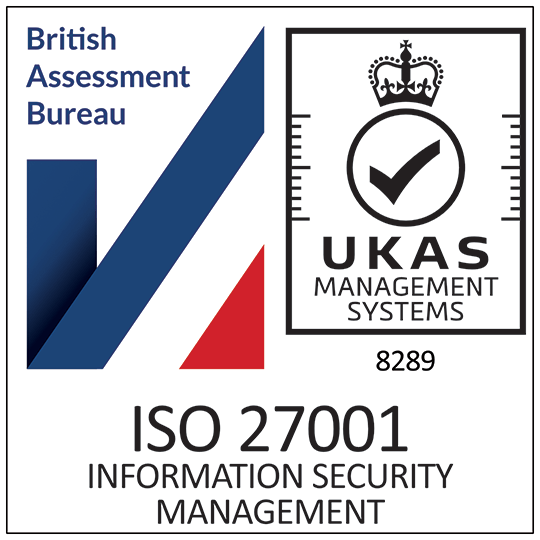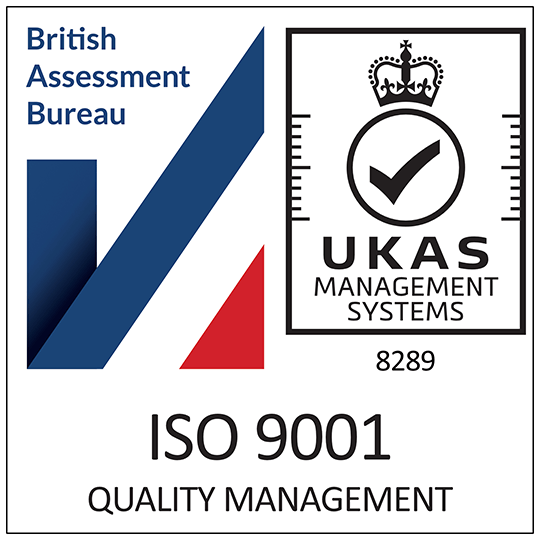Trump the Competition with Plastic Loyalty Cards
How could introducing a plastic loyalty card benefit your business?
When you’re in business you should be always looking to get one step ahead of the competition, whether you do it by a special offer, discounts, better services, new products or by the growing popular method of plastic loyalty cards. The plastic loyalty card has to be one of my favourite marketing tools for high street businesses. It is absolutely genius from a business perspective. Your customers will walk around with a plastic card with your business logo, contact details and most importantly an added incentive to shop with you.
Now you may have heard the plastic loyalty card referred to as something different, as with everything it has more than just one name. Loyalty cards are also known in different countries as reward cards, point’s cards, advantage cards and club cards – but basically they are all serve the same purpose. They are plastic cards that are branded to a specific company that customers can collect points on, and when they get a certain amount of ‘loyalty points’, they swipe their plastic card and get a nice discount or the points can be used to purchase goods from the store.
You should be familiar with this system as loyalty cards are used in nearly all major UK supermarkets, and many retail outlets are now introducing them due to their cost effective nature and good return on investment companies see.
Now loyalty cards are normally printed as a plastic card and typically look very similar to a credit card. So why not print the cards on paper and use say an ink stamp method? This method is fine if you are say a coffee shop, where the goods that you purchase are only a few pounds, but for say a supermarket, you can be spending hundreds of pounds each month there and so need a system that is reliable, durable and electronic. That is why the loyalty cards are far better quality as printed plastic cards, so that the data can be stored effectively and so they are as durable as other plastic cards, such as credit cards. Also with plastic cards, it means that they can be easily kept in a purse or wallet making them an ideal convenience for shoppers.
What you as a retailer are essentially doing is keeping your brand in front of the customer and making them an attractive offer or discount to spend with you rather than your competition. So you need to make sure that whatever you are offering is attractive enough to make the customer come back to your business time and time again. A secondary benefit of a loyalty scheme is that you begin to compile an excellent database of your customers meaning you then have more marketing opportunities at your disposal.
The loyalty card program was first introduced in the UK in the early 1980s by the large supermarket chain Sainsbury’s. Nearly 30 years on the use of the loyalty card is as popular and essential as ever. To trump the competition you need your customers walking around with plastic cards branded to your company with a good offer attached so that they keep coming back and spending with you.




